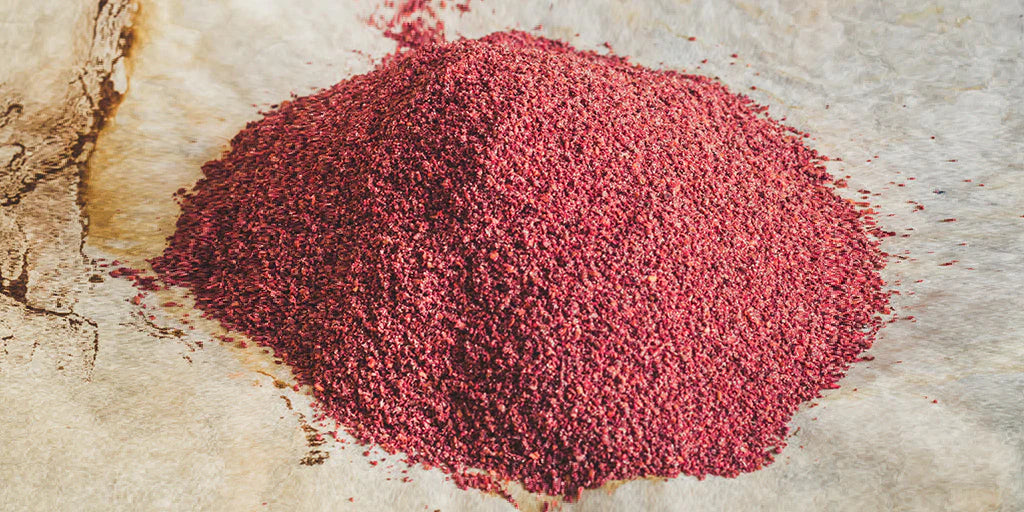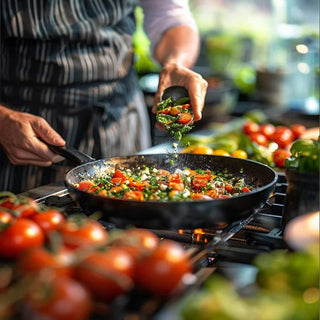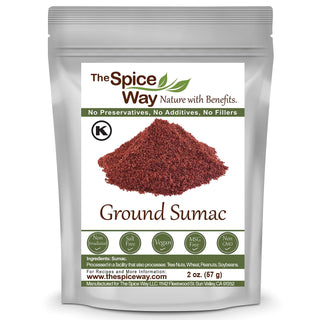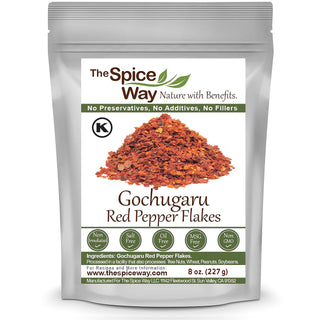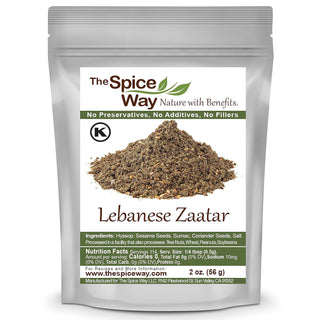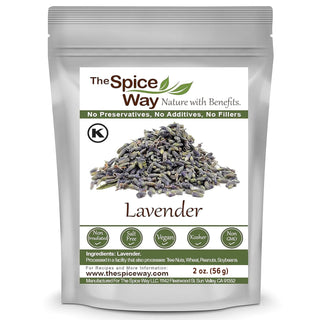Sumac Spice is a vibrant, lemony-red powder made by grinding dried berries of the sumac shrub, prized in Middle Eastern and Mediterranean cooking for its bold, citrus-like zing. This guide explores its origin, culinary roles, flavour profile, and how you can confidently use it in your kitchen.
Where Does Sumac Come From?
Sumac Spice comes from the deep red berries of the Rhus coriaria shrub, a plant native to the Mediterranean basin and parts of the Middle East. The word “sumac” derives from the Aramaic summaq, meaning “dark red.” These berries are dried and crushed to create the coarse-textured, intensely coloured spice used across regional dishes for centuries.
Historically, sumac appeared in ancient Roman texts as a souring agent—long before lemons were introduced to the region. Its culinary lineage is rooted in Levantine and Persian traditions, where it continues to play a starring role.
What Does Sumac Taste Like?
Sumac Spice has a tart, fruity, and lemony flavour with subtle earthy undertones. It provides acidity without liquid, making it ideal for dry rubs and spice blends. Its sharp tang is often compared to vinegar or citrus zest but offers a distinctly smoky, berry-like edge.
The spice’s granulated texture delivers bursts of flavour and a touch of visual flair, especially when used as a garnish.
How Is Sumac Used in Cooking?
Sumac Spice is a culinary workhorse in several Middle Eastern cuisines. Its versatility spans dry seasoning, marinades, dips, and garnishes.
Common Ways to Cook with Sumac:
-
Salad Topper: Sprinkle over fattoush, tabbouleh, or cucumber salads to add brightness.
-
Dry Rubs: Mix into spice blends for lamb, chicken, or grilled fish.
-
Marinades: Combine with olive oil, garlic, and herbs to infuse meats with citrusy depth.
-
Dips and Dressings: Stir into tahini, yogurt, or labneh for a tangy balance.
-
Rice & Soups: Add a final dusting to rice pilafs, lentil soups, or hummus for colour and zip.
How Is Sumac Different from Other Sour Spices?
Sumac Spice is a dry acidifier, meaning it adds sourness without moisture. Unlike lemon juice or vinegar, it doesn’t dilute a dish’s texture. This makes it a preferred souring option in spice blends or dry rubs.
Sumac vs. Lemon Zest:
-
Sumac: Dry, tangy, earthy, and slightly fruity
-
Lemon Zest: Sharp citrus, aromatic, wetter in texture
Sumac vs. Vinegar:
-
Sumac: Subtle sourness, granular texture
-
Vinegar: Strong acidity, liquid-based, immediate bite
Which Spice Blends Include Sumac?
Sumac features prominently in one of the most famous Levantine blends—za’atar. In traditional za’atar:
-
Sumac provides sourness
-
Thyme adds herbal notes
-
Sesame seeds contribute nuttiness
-
Salt balances the profile
This combination is typically sprinkled on flatbreads, dips, or roasted vegetables and reflects sumac’s central role in regional flavour architecture.
What Dishes Highlight Sumac Best?
The best way to understand sumac is to try it in action. Its acidic character pairs beautifully with savoury, fatty, or starchy components.
Signature Dishes Featuring Sumac:
-
Grilled Chicken Thighs with sumac rub and garlic
-
Piyaz Salad (Turkish white bean salad) with red onions and parsley
-
Kebabs dusted post-grill for colour and tang
-
Roasted Eggplant with yogurt-sumac drizzle
-
Za’atar Manakish (Middle Eastern flatbread with za’atar and olive oil)
Can Sumac Be Used in Fusion Cooking?
Sumac adapts remarkably well to modern and global cuisines. Its acid-tang profile lets chefs and home cooks experiment beyond tradition.
Innovative Ways to Use Sumac:
-
Sumac-crusted salmon for a citrus-herb contrast
-
Sprinkled on deviled eggs or popcorn
-
Taco topping with mango salsa
-
Sumac-laced cocktails or mocktails for a zesty rim
-
Baked into savoury shortbread or crackers
How to Store Sumac for Maximum Freshness?
Keep sumac in an airtight container in a cool, dark place to retain its colour and bold flavour. Exposure to moisture or light can cause the spice to clump or fade.
If stored properly, sumac remains vibrant for up to 12 months. Always check the aroma—fresh sumac should have a sharp, lemony scent.
What Are the Different Types of Sumac?
There are over 35 varieties of sumac plants, but only a few are culinary-grade.
Culinary vs Non-Culinary Sumac:
-
Rhus coriaria: The primary edible variety, used for sumac spice
-
Rhus glabra & Rhus typhina (staghorn sumac): Sometimes used in North American wild teas
-
Poison sumac: Not edible (toxic); found in wetlands and should never be used in food
Where Can You Buy Quality Sumac?
Sumac is widely available online, in Middle Eastern grocery stores, or specialty spice shops. Look for vibrant red colour and a coarse texture. Pale or brownish sumac may signal old stock or poor quality.
For guaranteed freshness and purity, The Spice Way offers culinary-grade sumac harvested and ground in small batches, ideal for everyday cooking and recipe testing.
How to Cook with Sumac: 3 Beginner-Friendly Recipes
1. Sumac-Rubbed Chicken Thighs
Ingredients:
-
2 lbs chicken thighs
-
2 tbsp sumac
-
1 tbsp olive oil
-
1 tsp garlic powder
-
Salt and pepper
Instructions:
-
Mix all ingredients into a paste.
-
Rub on chicken, marinate for 1 hour.
-
Grill or bake until golden and juicy.
2. Sumac Yogurt Sauce
Ingredients:
-
1 cup plain yogurt
-
1 tbsp sumac
-
1 tsp lemon juice
-
Salt to taste
Instructions:
-
Stir ingredients together.
-
Serve as a dip or drizzle over grain bowls and veggies.
3. Roasted Veggies with Sumac
Ingredients:
-
3 cups mixed vegetables
-
2 tbsp olive oil
-
2 tsp sumac
-
Salt and pepper
Instructions:
-
Toss veggies with oil and seasoning.
-
Roast at 400°F for 25 minutes until tender and crisp.
Why Is Sumac Gaining Popularity Today?
Sumac’s rise in popularity is linked to a growing demand for bold, natural flavours that reflect global culinary traditions. Chefs appreciate its acid-tang without moisture, while home cooks enjoy its versatility.
On platforms like Pinterest and Instagram, dishes featuring sumac (especially za’atar toast, dips, and grain bowls) have surged in recipe tags and visual shares. Its vibrant colour and craveable flavour make it a go-to for food photography and recipe innovation alike.
Final Thoughts: Why Every Kitchen Needs Sumac
Sumac is a spice that brings brightness, depth, and history to your cooking. From grilled meats to plant-based plates, it delivers a fresh, citrusy contrast that transforms the ordinary into the unforgettable.
Whether you're trying Middle Eastern recipes or just experimenting with new flavours, sumac is a pantry essential that rewards creativity.
